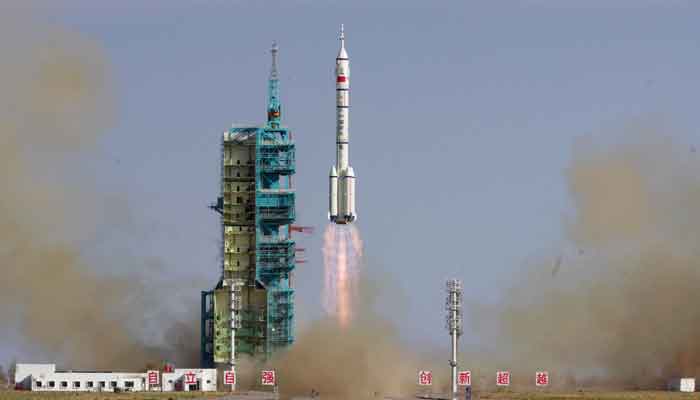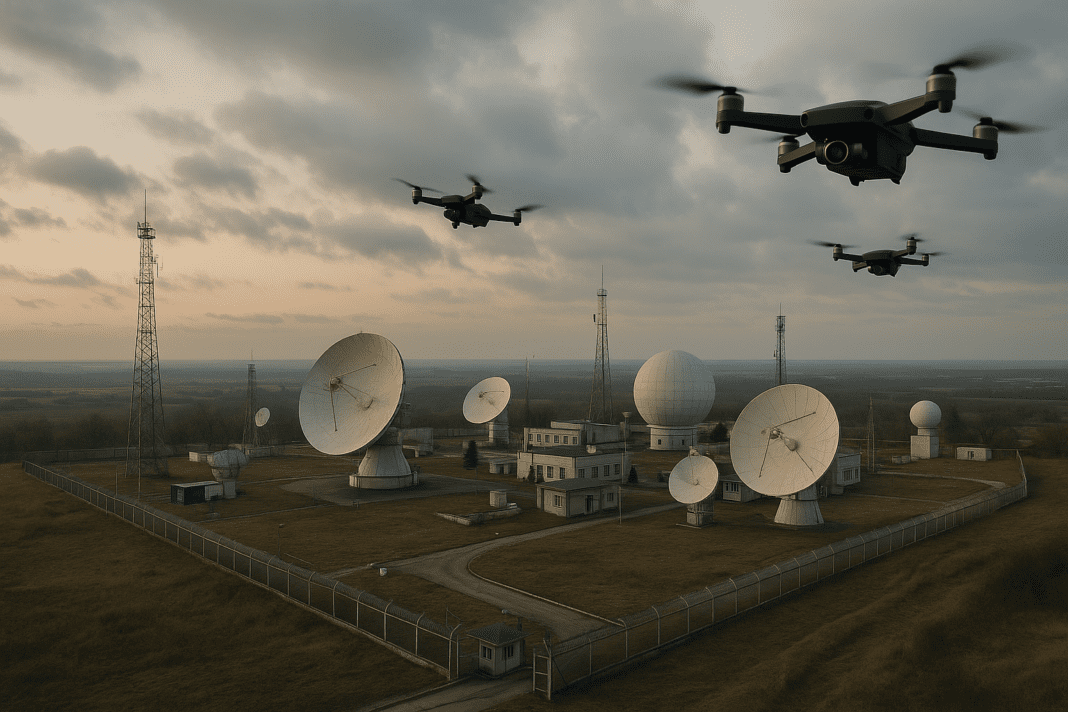After a slight delay caused by bad weather at its planned landing location, China’s Shenzhou-19 spacecraft has successfully touched down in the country’s north. The spacecraft and its three crew members were a part of a mission that started last October. Their primary goal was to contribute to the ongoing work at China’s “Tiangong” space station, which is a major part of the country’s space program. With a particular focus on the completion and future expansion of its space station, the Shenzhou-19 mission represented yet another milestone in China’s quickly expanding space exploration endeavors.
This successful mission adds to China’s impressive track record of crewed spaceflights, which have been an essential part of the country’s space program for over two decades. Since the completion of the “Tiangong” space station in November 2022, China’s crewed spaceflights have been increasingly frequent, showcasing the nation’s progress in the field of space exploration.
The Shenzhou-19 Crew and Their Work
The Shenzhou-19 mission consisted of three astronauts who are part of China’s military air force. Two males, ages 48 and 34, as well as China’s third female astronaut, age 35, were part of the crew. For the two younger astronauts, this mission was a major turning point because it was their first time in space. In addition to working on the Tiangong space station, the crew’s mission included a number of experiments. One of the primary focuses of these experiments was to explore new possibilities for human habitats in space, which is crucial for long-term missions.
Among the many experiments, one stood out: testing bricks made from simulated lunar soil. These bricks were exposed to space conditions to determine whether they could withstand the harsh environment of outer space. If it works, the bricks might be used as a major component in the building of a long-term lunar research facility. China aims to complete this research station by 2035, and the results from these experiments could play a significant role in making this goal a reality.
New Zealand Authorities Launch Investigative Action Targeting Covert Satellite Surveillance
The crew’s work also included conducting tests related to the building of human habitats that can support astronauts on long-duration missions. These experiments could pave the way for a future where humans can live and work on the Moon or other planets for extended periods.
Shenzhou-19’s Role in China’s Growing Space Program
China’s space program has been advancing at a rapid pace, and the Shenzhou-19 mission is just one example of the country’s achievements. Since the successful completion of the Tiangong space station in 2022, China has continued to build on its space infrastructure. Shenzhou missions, like the one conducted by the crew of Shenzhou-19, have been essential in maintaining and expanding the space station.
These missions typically involve a crew of three astronauts, who spend around six months in space conducting various scientific experiments and maintaining the station. During the missions, there is often an overlap period where the departing crew members hand over their responsibilities to the newly arrived astronauts. This arrangement ensures the continuity of work on the space station and allows for seamless progress in the overall mission objectives.
Space Gridlock? China Rushes to Build the World’s First Space Traffic Police
The United States in particular has taken notice of China’s accomplishments with these crewed spaceflights. While the United States faces its own challenges with crewed spaceflights, China’s fast-paced progress in both manned and unmanned space missions has raised concerns about the growing competition in space exploration. This rapid development is seen as a significant achievement for China, as it continues to establish itself as a major player in the field of space exploration.
The landing of the Shenzhou-19 spacecraft marks another key moment in China’s ambitious space exploration program. The mission, which focused on contributing to the work on the Tiangong space station and conducting important experiments, demonstrates China’s commitment to advancing its space technology and capabilities. As the country continues to make significant strides in space, the success of missions like Shenzhou-19 further solidifies its role as an influential force in the global space community.




